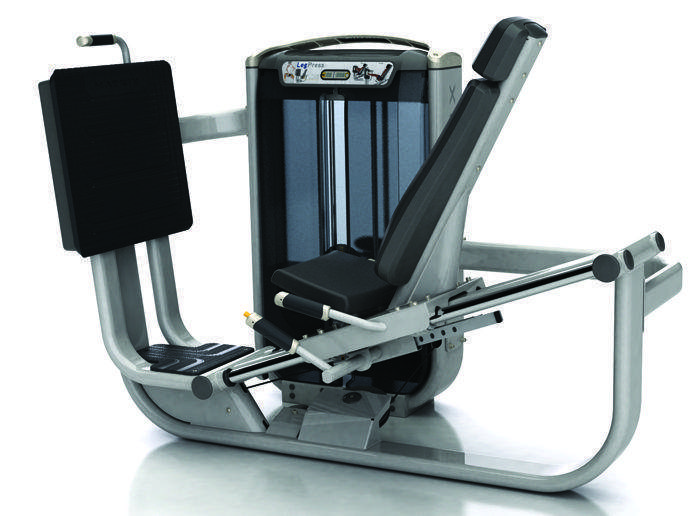
The entire process involves forcing vast energies into a single object. Only when this is done will the crafting process complete. Once all the required essentia has been infused into the target object, the other objects will have their essential essence drained. Crafting will stall of there is insufficient essentia available - something that you do not want as will be explained on following pages. Once all this is gathered you can click on the Runic Matrix with a wand to start the crafting process.ĭuring the first stage of crafting essentia will be drained from nearby sources. Lastly you will need warded jars or similar essentia containers holding the requisite amount of vis. You will also need several more pedestals placed around the altar where you can place the blocks and items you wish to infuse into the target object. The central pedestal located under the matrix is where the item you wish to infuse will go. Once you have your Runic Matrix properly placed into a structure commonly known as an Infusion Altar, you can begin to craft. To even get started with infusion crafting there are several things you need: A Runic Matrix, arcane pedestals and a ready supply of magic in the form of essentia. You could, for example, infuse a stone with §6Aer§0 vis and a feather and it would result in a very light stone.Īs is usual with thaumaturgy, things are not quite that simple. Infusion crafting is the process of infusing a single object with magical energy and the properties of other objects. Something better is needed to create truly powerful mystical objects. Christjansen will keep surveying the area with his metal detector, however, and Museum Lolland-Falster curators will be working with him going forward.Arcane crafting and alchemy can go only so far. There are no plans currently for an archaeological investigation of the site. If so, the hammer could have been made locally. These finds could indicate there was a jewelry-making workshop in the area. He discovered pieces of silver needles and a matrix used to make brooches. The hammer wasn’t the only artifact Christjansen found on the site. Even if his or her spelling was spotty, the rune carver would have derived status and prestige from being literate in a society that prized writing. These could have been errors of literacy or a function of the tiny space the writer had to inscribe. The author left out the first a in “hammer” and flipped the S-rune backwards à la Toys-R-Us.

Translated into English the inscription simply says “This is a hammer.” Examining it under a microscope, museum runologist Lisbeth Imer was able to translate the inscription and it resolves the hammer question in the bluntest terms possible: the runes read “Hmar is x,” or in modern Danish “Hammer is” (the x isn’t a letter but a delimiter between two words). This is the first Thor’s hammer amulet ever found inscribed with runes.īecause the runes were so small - three to seven millimeters high - and the surface corroded from the centuries it spent in the ground, the Museum Lolland-Falster curators sent the amulet to the National Museum of Denmark for their experts to decipher. One side of the hammer’s head is decorated with interlacing pattern, the other side with a runic inscription seven characters long.

The amulet was cast in bronze and has traces of the silver or tin plating and gold plating that once adorned it. Skeptics point out that the shaft is disproportionately short to be a hammer, and the head too symmetrical.Ĭhristjansen reported the find as treasure trove to the local Museum Lolland-Falster where curators dated it to the 10th century. There has been some debate, however, on whether they were representations of Thor’s hammer, even stylized versions. About 1,000 of these Viking-era amulets have been discovered in Scandinavia, the UK, Russia and the Baltic countries, often unearthed in women’s graves. Just one inch long and wide, the piece is in a shape known as Thor’s hammer, a design thought to invoke the protective power of Thor and his dwarf-forged hammer Mjolnir.

This spring, metal detectorist Torben Christjansen found a small amulet in Købelev on the Danish island of Lolland.


 0 kommentar(er)
0 kommentar(er)
